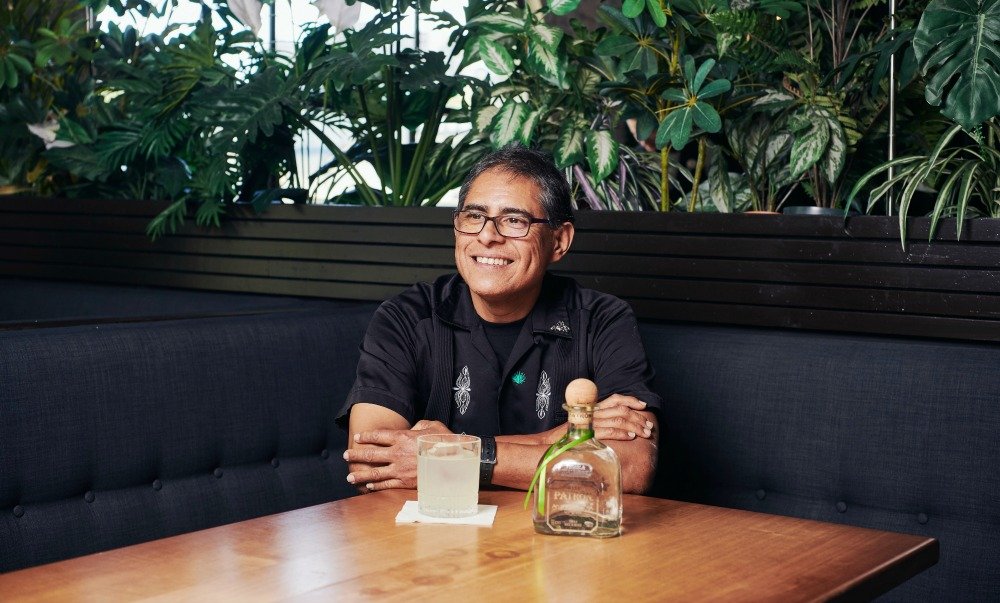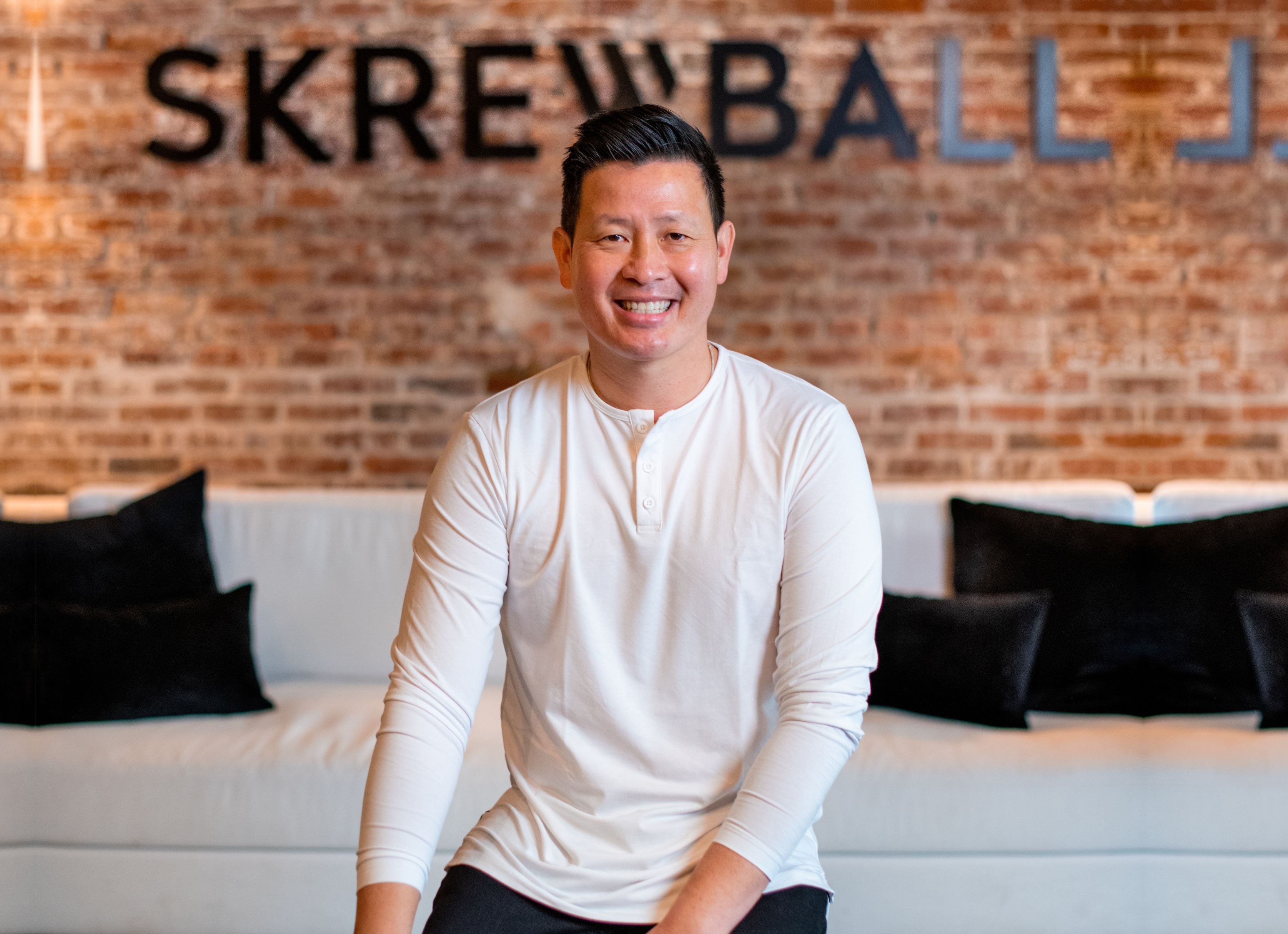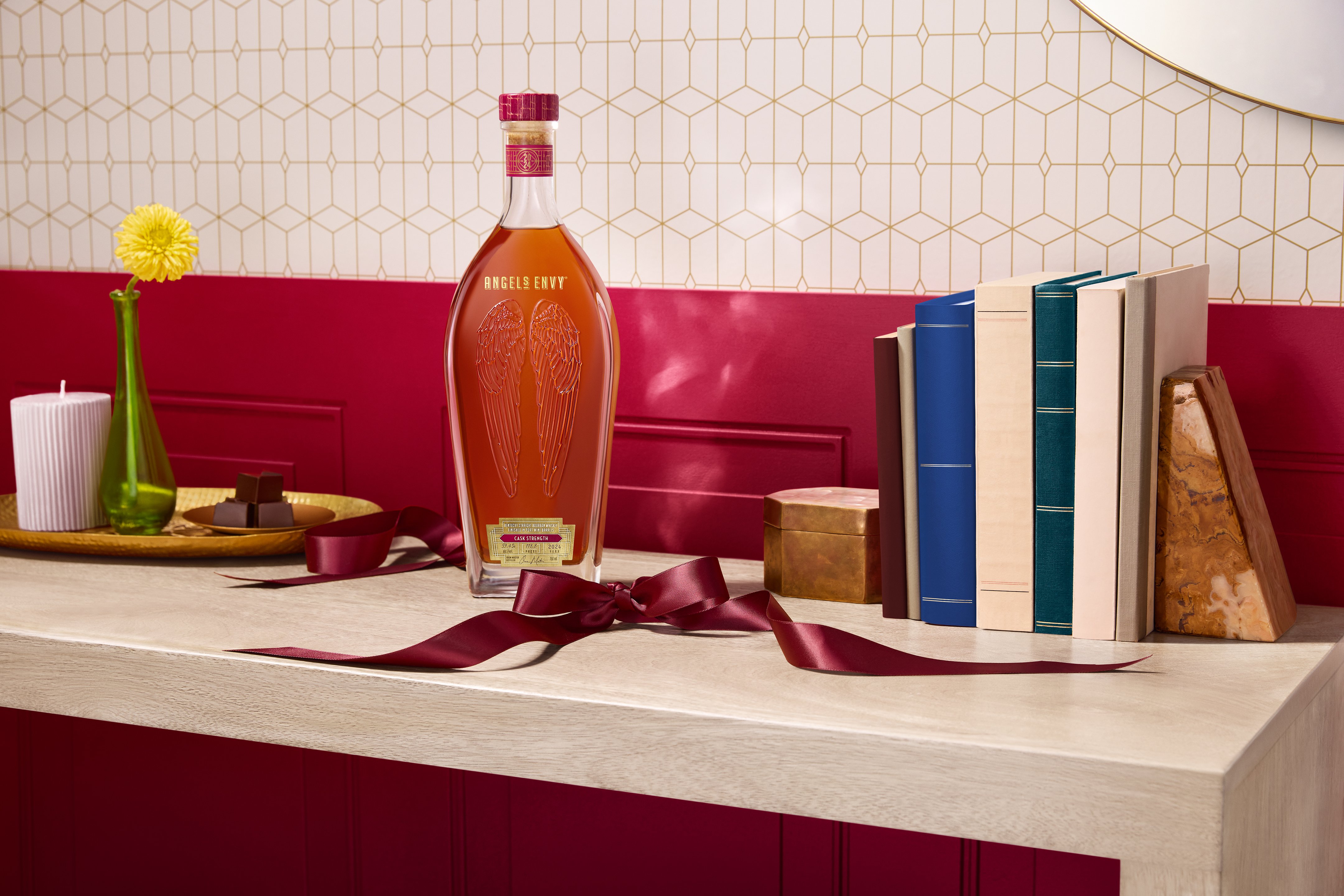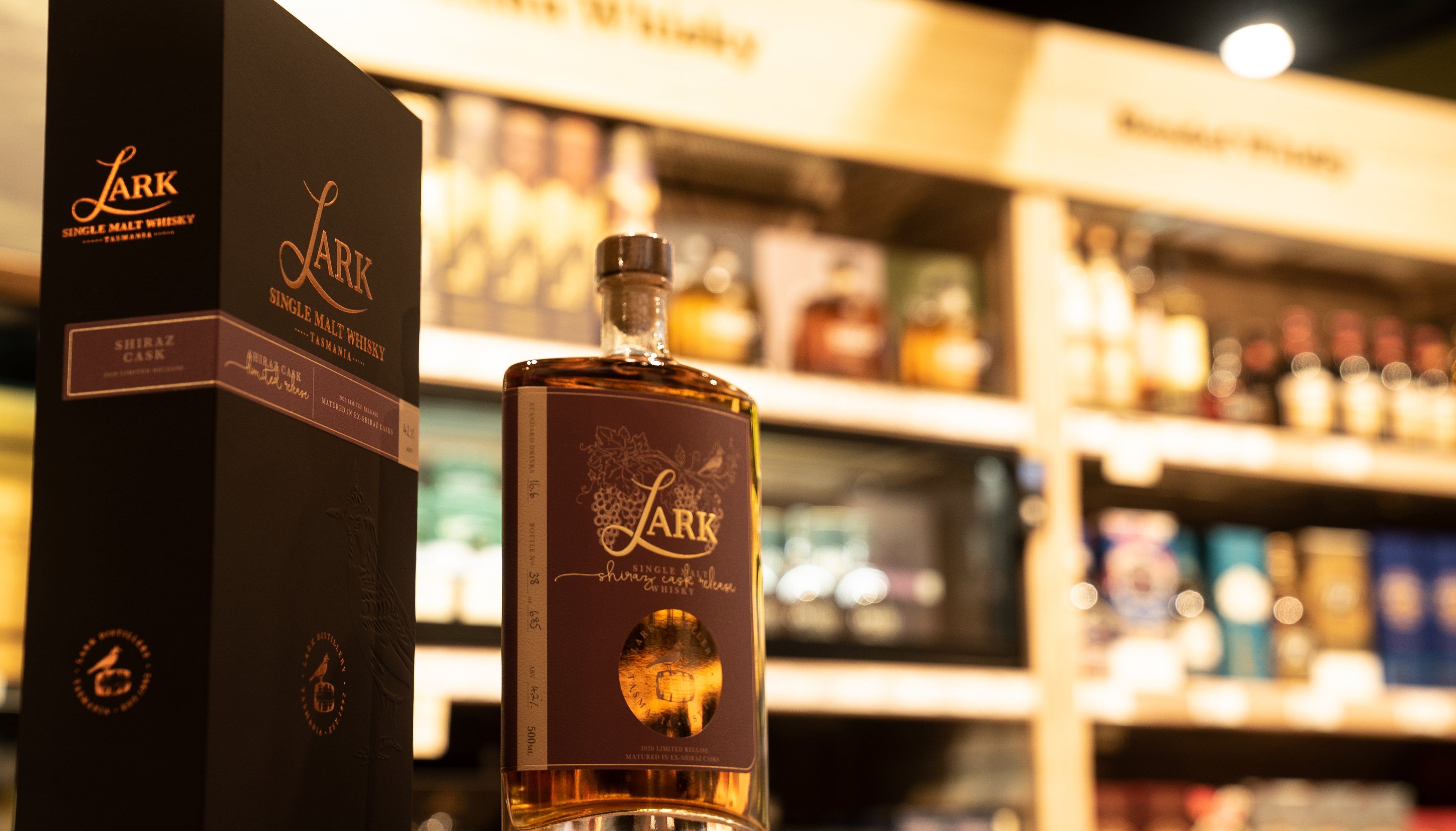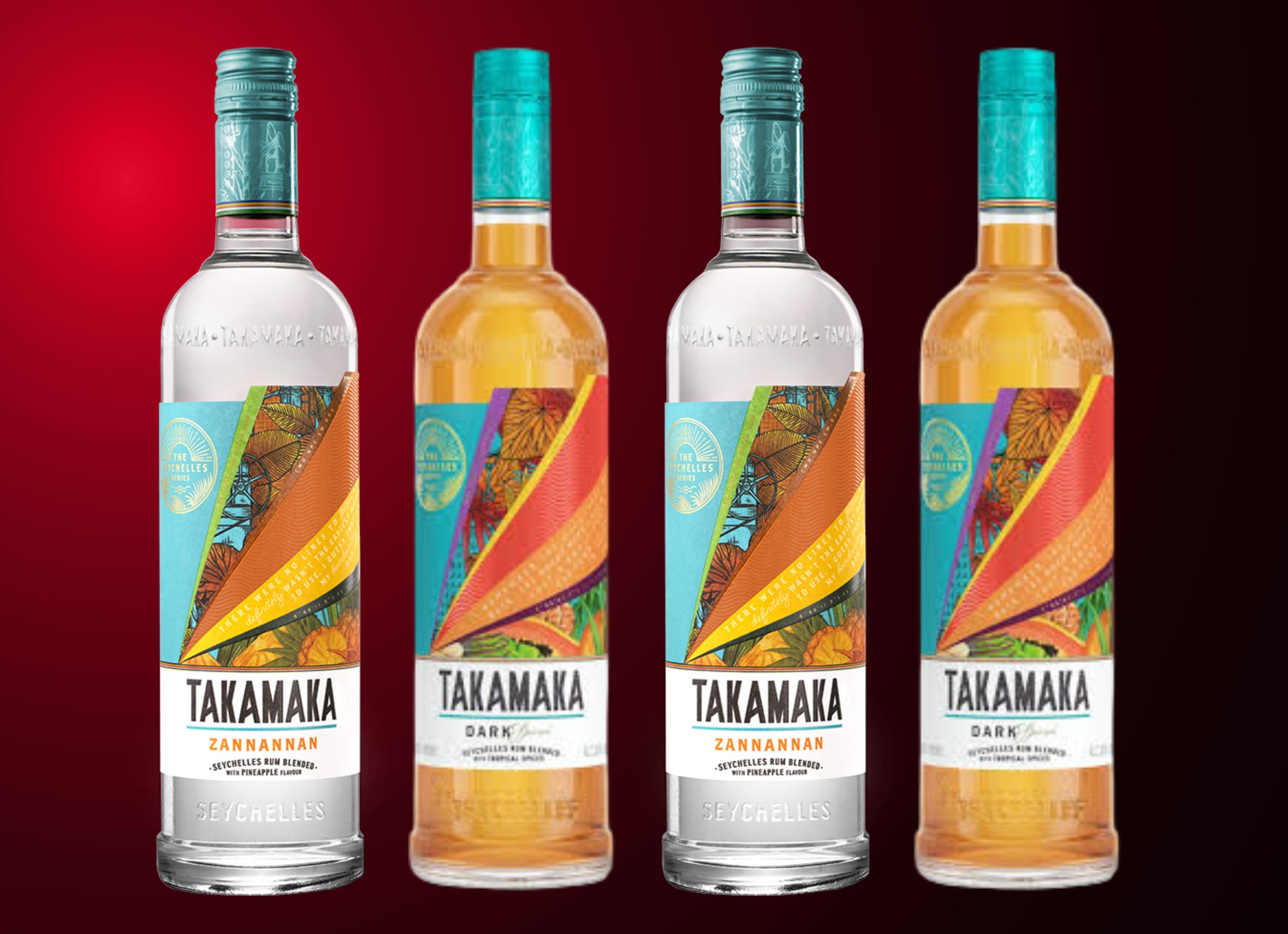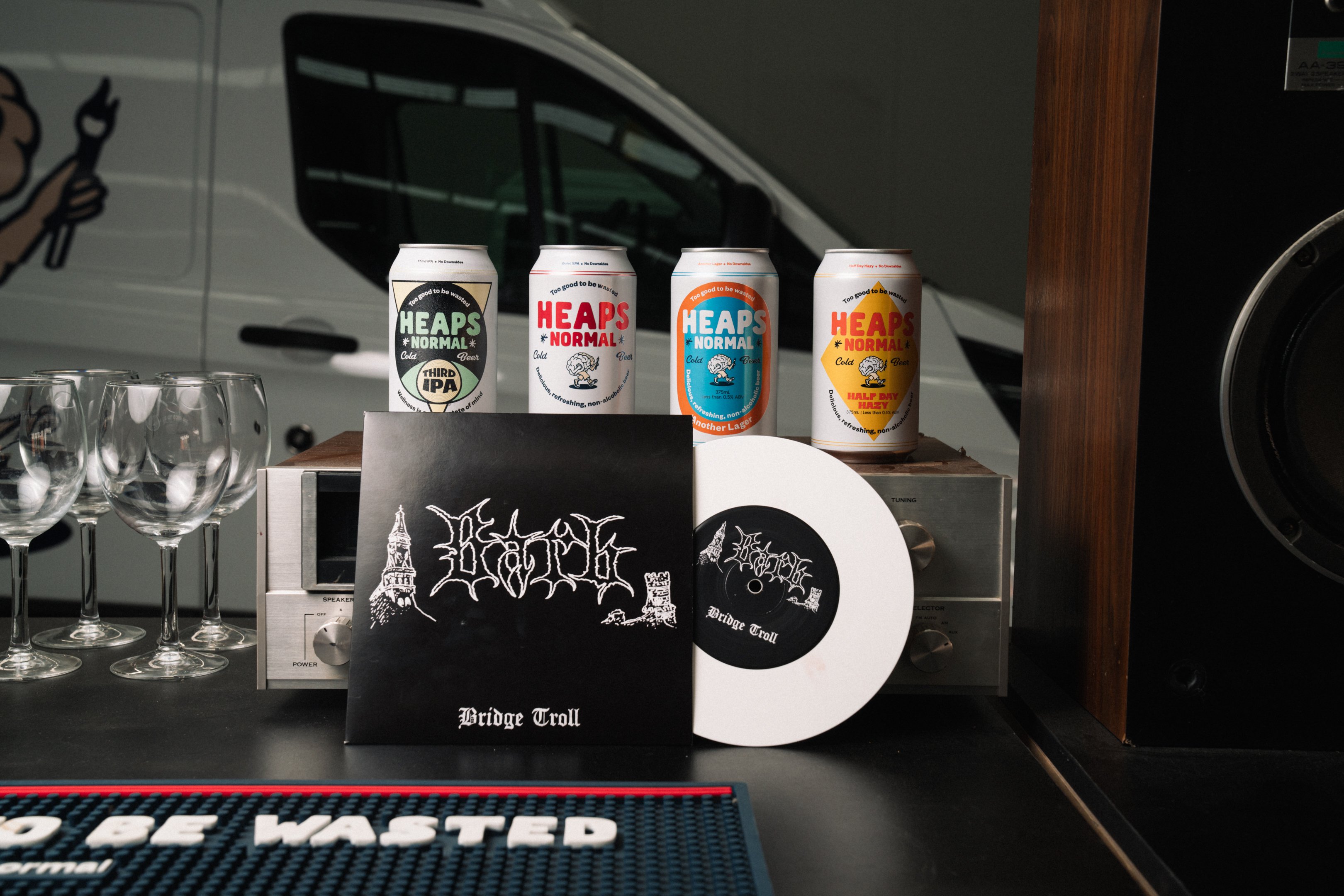Tequila expert Julio Bermejo has a refreshing view on the secret to a perfect Margarita. He's the bar operator at Tommy’s, which as been described by The Wall Street Journal as the epicentre of tequila in the US, and dubbed by CNN as the ground zero of the tequila revolution.
Bermejo was flown in from San Francisco to be the international guest judge for the Patron Perfectionists Australia/New Zealand Cocktail Competition Finals.
On the eve of International Margarita Day he talks to the Summer Edition of Drinks Trade magazine about his life with tequila and why he skips the salt rim when he's making Margaritas.
When did your love of tequila begin?
This is embarrassing because I probably started drinking when I was 13 and 14, and that is bad. Where I was from in Mexico, access to alcohol was easy. I could steal it (from my father's motel) or buy it, and no one cared as long as you could pay for it. People drank brandy, rum, and beer because it’s hot and humid so I would do the same with my cousins. Unfortunately, I overindulged and found myself in pain after drinking these products. Luckily or unluckily I got a bottle of tequila at Tommy's, and it wasn't even 100 per cent agave. It was a mixto product. I drank that and, wow, I felt fine the next day. I thought, what is going on here? Eventually I would have a bottle of 100% agave. I like drinking beer, but wherever possible I’d rather drink 100% agave.
What is the difference between 100% agave and mixto?
Even though everyone in the industry throws around the term mixto it technically does not exist in the nomenclature of the production of tequila. The two legal definitions of tequila are tequila 100% agave and tequila. Simply, tequila is a distillate made in the denomination of origin region of Mexico where a minimum of 51% of the alcohol in the bottle comes from the fermented sugars of agave and 49% of the sugars come from any other sugar source except another agave source.
With 100% agave all the alcohol has to come from the agave blue variety.
In your opinion, what makes great tequila?
The old adage that making things the old way is usually the best is the case with tequila. Different ways of doing the same things to reach commerce of scale or make the product cheaper make the product worse.
For 2000 years people have been making fermented beverages from agave by taking the agave and cooking it with heat. It is a slow process and very inefficient, but when you cook agave with steam and with heat, there is a beautiful sweetness, roundness and richness kind of like a rich baked sweet potato.
But it is inefficient, and it’s slow. You can also cook agave with acid. When you use acids, much like when fish is cooked in lime juice, you can take the agave, finely shred it, make the solution of acids and convert those starches to fermentable sugars very quickly and in a far more efficient manner.
Today that is what big tequila is doing. A lot of low-end tequila that says 100% agave is made this way. Yes it’s tequila and yes it is 100% agave but in the un-aged version, the Blanco, it no longer smells like tequila, like the cooked raw material. It is important to preserve the flavour and taste of tequila, of agave, and that is precisely why we argue that tequila is only distilled at 55% ABV so people can taste the raw material and how it expresses itself.
When did consumers start to appreciate premium and high-end tequila, and when did that become a thing?
In the US it started out at the end of the 1980s and early 1990s. Tequila has always had a bad boy, on the edge reputation and what also seemed to go hand in hand was the allure of celebrities wanting to attach themselves to tequila by having their own brand or involvement in a brand of tequila.
That started in the mid to late 1990s. Today more people have registered trademarks of tequila in Mexico than anything else. If we are going to talk about the juice, the liquid, the distillate you have to start with products that are distillery owned and operated for the simple reason that if one doesn't have control of the process, he or she cannot accurately speak about what is going on with the product.
I promote tequila all over the world, and I will work for companies I believe in and are doing it right, but I don't work for contracted brands because there has never been a contracted brand that has stuck with its original distillery.
It is hard when you are hand-selling a product for its flavour, character and nuance and every year it changes, not because they have a philosophical change in how they make tequila but because the relationship broke down with the supplier. It is too hard to keep up with that. Good bad or otherwise, Jose Cuervo has smelt like Jose Cuervo for 200 hundred years and like it or not, they have a style.
Any favourites and why?
Stylistically tequila comes in two types. It's either Highland (Los Altos)or Valley (El Valle). I get excited about this. What blows my mind is tequila is the most terroir-driven spirit in the world. If you enjoy a raw material for the characteristics of its land, then you can't look further than tequila.
In the valleys the agave is grown in a certain way so when it is harvested and fermented and distilled the unaged tequilas are pungeant, earthy and vegetal. When you age those tequilas you tend to age a bit longer in newer wood to get more stone fruit like characteristics and more influence from the barrel, more tannin more lanolin.
The opposite to this is Highland tequila. When it is young it is very fresh, citrussy and spicey. When these tequilas age the citrus and spicey notes start to soften and become more winter like citrus tones. The styles are so distinctly different that people have favourites, either Highland or Valley.
My favourite style of tequila is Highland. I like it citrusy and spicier than earthier even though I love a wooded Valley-style tequila, my preference is for Highland products
What is a good example of a Valley tequila and Highland tequilas?
Traditionally Valley tequilas were the big names such as Jose Cuervo, Sauza, Herradura, Forteleza. Highland products are Don Julio, Patron, Tapatio. Neither one is better or worse; they are just stylistically different.
Tell us about your famous Tommy margarita and the rationale behind replacing Triple Sec with agave nectar.
First it was luck. Everything has to do with the lifecycle of the agave plant. Every generation agave is either in a state of shortage or a state of glut. Right now there is an extreme shortage of ripe agave, so prices are through the roof, supply is tight, and quality is not at its highest.
Whenever there is a glut of agave you not only see innovation in terms of brands created but people find other outlets for the plant. One of them is fructose. When people started producing more fructose and making it widely available it was presented to me.
Even though it costs so much more than cane sugar it was a logical edition to making the Margarita. It is so much softer and more delicate than any triple sec because it doesn’t have any alcohol but also because it doesn’t have orange flavour. It made the drink more rounded, but importantly it allowed the base spirit of tequila to shine.
A funny story is there was a young bartender manning a stand for a very famous French orange liqueur at a liquor conference in San Franscico. I happened to be walking past and he reads my name tag and says: Hey Julio from Tommys, do you guys make Margarita's over there?
I say, of course, we do. He says: OMG if you carry our orange liqueur you can use the cheapest tequila you want and your Margarita is going to taste like our French liqueur! I said, actually, I want to make a Margarita where people taste the tequila. The guy went ghost-white because he had never heard someone have an interest in tasting tequila period, even though the Margarita is still the number one call-cocktail in the world.
So we totally shattered expectations making a cocktail that tasted of the tequila. To this day, it is not fully understood. If I make you a Tommy's Margarita with Patron Silver and another with Herradura Silver and another with Altos Silver they will taste completely different.
You might not be able to tell me which is which but you will be able to tell me which one you prefer. We want to lead the guest on a journey to find the tequila that he or she thinks is the best flavour profile fit for them.
Salt or no salt on the rim of the perfect Margarita?
No salt. What is the world’s favourite flavouring component? Salt, right? In the US if you make something really salty or sweet, then it is going to be a hit, and we are all diabetic with high blood pressure!
The Margarita should taste of two things - the tequila that one chooses and the lime juice and even though it is simple and the proportions are simple it is a cocktail that works.
If I put salt on a mediocre Margarita it will be salty, and people will drink it. If I want the tequila to shine through the drink, I need to balance the agave and the acid. Unless the guest really wants it, then we salt half the glass and ask the guest to try it without the salt first and if you don’t like it then spin it around and drink it with the salt.
How important is the lime to the perfect Margarita?
The lime is key. It has to be as fresh as possible. Sitting for hours doesn’t cut it. The type of lime is important. We recommend Persian seedless lime that is a variety on the sweeter side. It is still acidic but not as acidic as say a key lime that can be bitter.
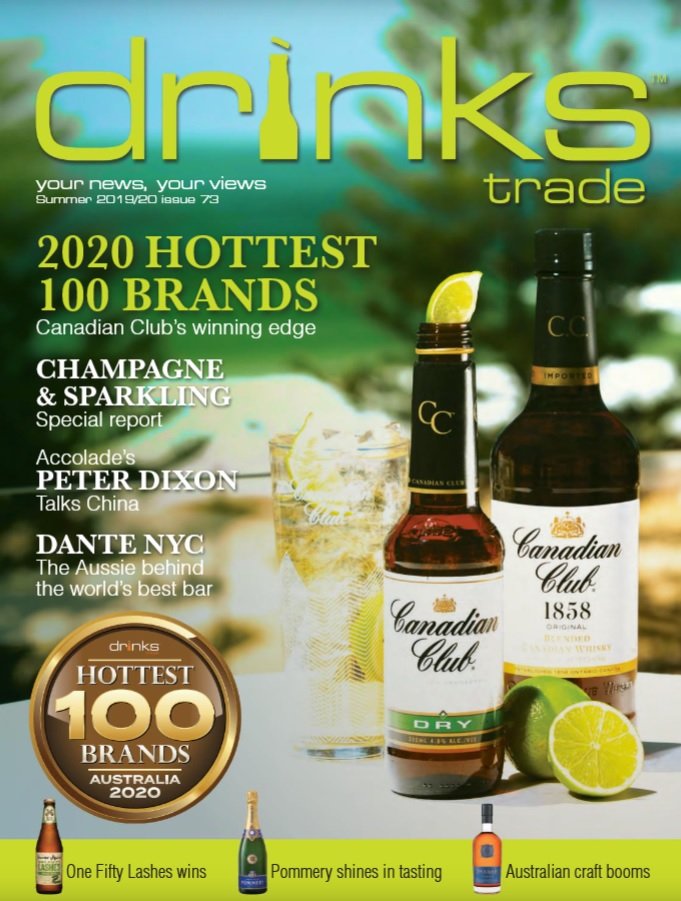
Share the content
